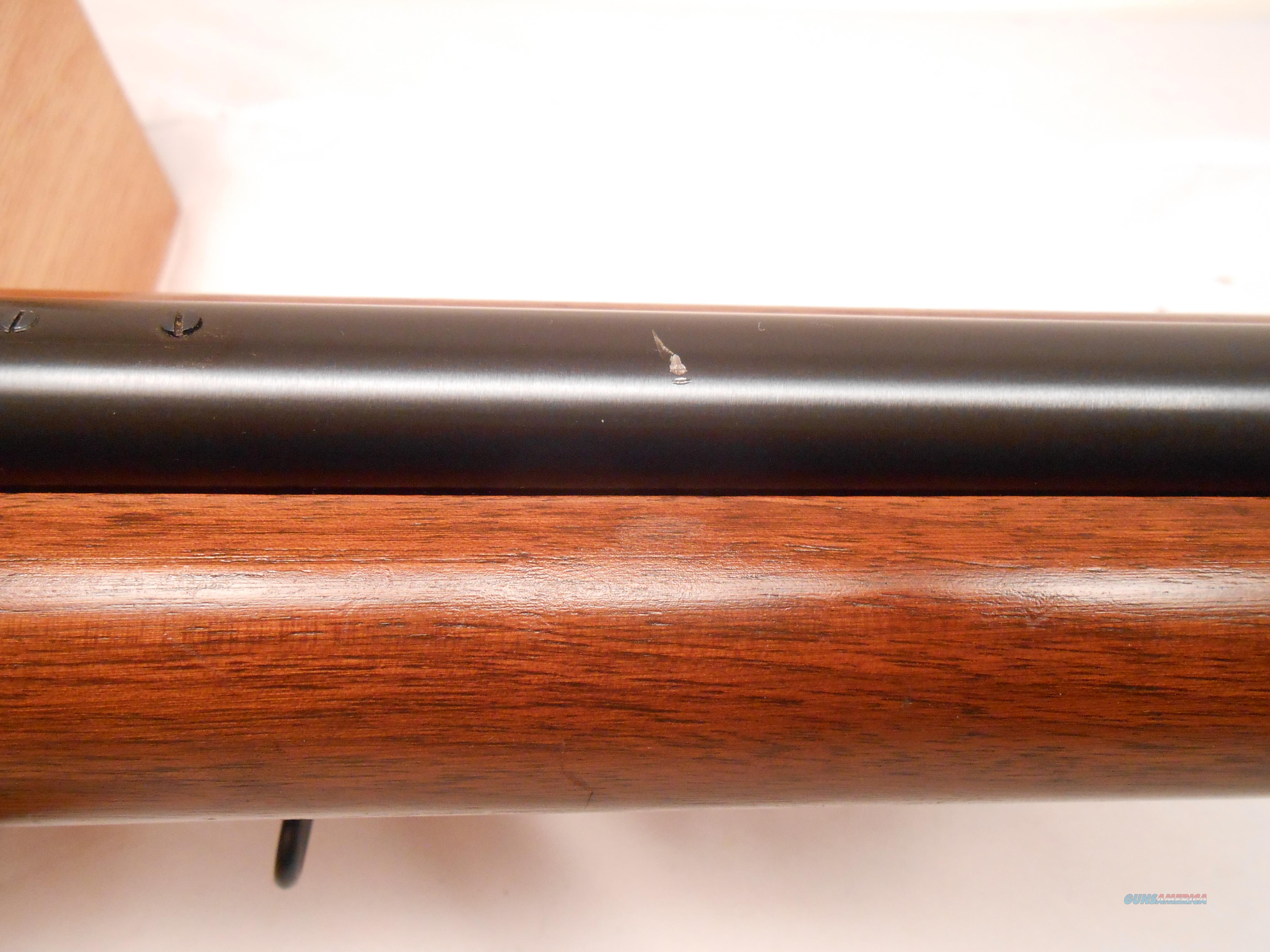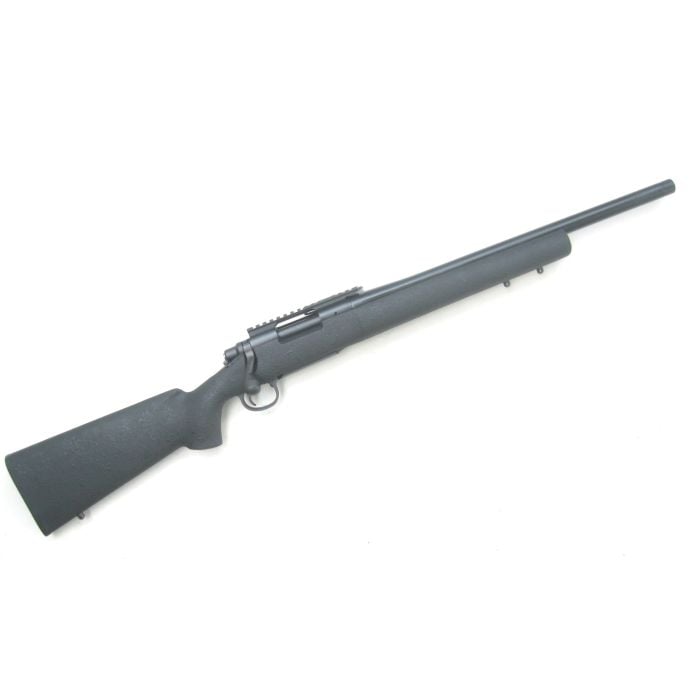


All have 6 number's in the serial number. The model 1894 serial number's start with a (1) and the model 1900 serial number's start with a (3). The best way to tell the two model's apart is by the serial numbers. It was a running change so there is no exact serial number. Around 1906 Remington made the change to the floating firing pin on both guns. The 1900 was basically an "economy" version of the 1894.īefore 1906 both the 1894 & 1900 models had the firing pin made integral on the hammers.

The 1894 was more of a precision fit gun & could be had as an engraved version. This model has the snap on Baker type forend fastener. Could have been had in "ordnance or damascus steel barrels. M1900, hammerless, made in 12 & 16 gauges. This model has a Purdey forend fastener (push button type) M 1894, was the first hammerless, made in 10, 12, & 16 gauges. There are also reams available to modify chamber length." Most of us use standard 2 3/4" plastic shells and low pressure loads - plastic case thickness is much less than the paper case used back then. You haven't mentioned barrels but they should be cold blued as the hot dip method tends to eat at the solder and you end up with two separate barrels - not good.Īs for chamber length - it is 2 5/8". The 1894 has a Purdey style forearm while the 1900 has a simple snap on. The safety plunger (mounted on the trigger plate) moves the safety to the SAFE position when the gun is opened. There are smiths out there that do very good work and I've had several refinished with wonderful results. However with all things Remington some had blued trigger guards/top levers (?) and others didn't. The production of all SxSs (1889, 1894 & 1900) ended in 1910 as Remington saw the pump and auto loader as the future.Īs they came from the factory, all K grades (and 1894s) were color case hardened. Your gun should be stamped with a K on the barrels. So, in total there were four versions available - K, KD, KE & KED depending whether or not they had ejectors vs. Later, 1903, the KD was offered followed by the KE in 1906 or so. Your plain K grade has steel barrels and extractors while the KED has damascus barrels and ejectors and cost about $10 more. Two versions of the K grade were offered at that time. "From the S/N, your 1900 K grade was made in 1901. I'm not trying to tell you what is safe to shoot in your gun, just what we do We've been doing it for more than 10 years. Their are two more guys at my club who shoot Remington Damascus doubles and use 2 3/4" shells with no problem. I shoot one or the other three times a week at clays and have always shot 2 3/4" shells with no problem. Six of my Remington doubles have Damascus barrels and two have steel. I have five 1894's and have taken all of them apart a number of times and that part still gets me sometimes. You'll sometimes fiddle around getting the safety in the right position so the trigger plate goes down on the receiver only to find that part has rotated to the wrong position. The only problem, or part to watch when re assembling is the part between the sears with a tapped hole for the trigger plate to screw into. He's completely restored a Parker or two and three Remingtons for me and I've always been happy. He knows what the case colors should look like for all the American doubles, each are different. Brad Bachelder in Grand Rapids Michigan does excellent case colors and cold bluing or re doing Damascus barrels. If your gunsmith wants to hot blue it, find a new gunsmith who knows what he's talking about. No Remington SxS was plated and none were hot blued.


 0 kommentar(er)
0 kommentar(er)
